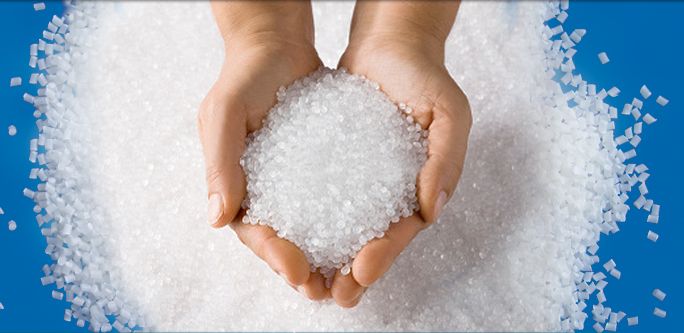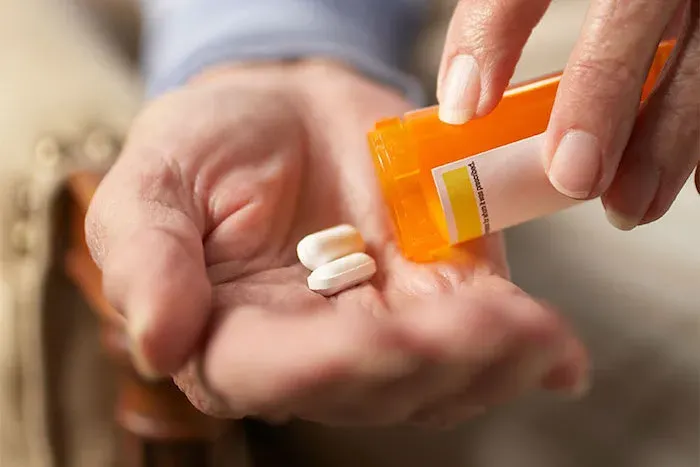
Polymers have become one of the most widely used materials across industries due to their versatility, cost-effectiveness, and adaptability. However, despite their extensive applications, polymers naturally possess hydrophobic properties, meaning they resist water absorption. While this is advantageous in some applications, there are industries and products where water absorption, moisture management, or improved surface wettability is highly desirable. This is where the innovation of Hydrophilic Masterbatch plays a significant role. By incorporating this additive into polymers, manufacturers can dramatically improve performance characteristics, expand application areas, and create new value-added products.
Understanding Hydrophilic Masterbatch
Hydrophilic Masterbatch is a specially engineered additive formulated to modify the surface and bulk properties of polymers, making them more receptive to water or moisture. Essentially, it transforms a polymer’s hydrophobic nature into a hydrophilic one without compromising its mechanical strength or processing capabilities. The masterbatch is produced by dispersing active hydrophilic agents within a polymer carrier resin, allowing it to be easily mixed during the production process.
The concentration of the Hydrophilic Masterbatch can be adjusted based on desired performance, giving manufacturers flexibility in tailoring polymer behavior for specific applications. This solution not only improves water absorption but also enhances dyeability, adhesion, anti-static properties, and even bio-compatibility in certain products.
The Science Behind Hydrophilic Modification
Polymers such as polyethylene (PE) and polypropylene (PP) naturally repel water due to their non-polar molecular structure. The Hydrophilic Masterbatch introduces polar functional groups into the matrix, enabling water molecules to interact with the polymer surface. This chemical adjustment increases wettability and promotes better bonding with liquids.
Moreover, advanced formulations of Hydrophilic Masterbatch ensure that the modification is stable and long-lasting. Unlike simple surface treatments that wear off with time or use, masterbatch-based modifications integrate into the polymer structure, providing durable performance enhancements.
Key Benefits of Hydrophilic Masterbatch
Enhanced Moisture Absorption
The most notable benefit of using Hydrophilic Masterbatch is its ability to significantly improve water absorption. This is particularly useful in nonwoven fabrics used in hygiene products, filtration membranes, and medical textiles where efficient liquid management is critical.
Improved Dyeability and Printability
Hydrophobic polymers often resist printing inks and dyes, making decoration or branding difficult. By increasing surface energy, Hydrophilic Masterbatch enhances ink adhesion, allowing for sharp, long-lasting prints without requiring additional surface treatments.
Better Adhesion Properties
When polymers are combined with coatings, adhesives, or other materials, their hydrophobic nature can limit bonding. The use of Hydrophilic Masterbatch improves adhesion, ensuring stronger lamination and coating performance, especially in packaging and multilayer film applications.
Anti-Static Functionality
In many industrial environments, static electricity poses safety hazards and processing challenges. Hydrophilic Masterbatch helps dissipate static charges by improving surface conductivity, thus reducing dust accumulation and enhancing safety.
Eco-Friendly Performance
Some formulations are designed to accelerate polymer degradation when exposed to moisture and microbes, making Hydrophilic Masterbatch an important tool in sustainable packaging solutions. This aligns with global trends toward reducing plastic waste and developing eco-conscious materials.
Applications of Hydrophilic Masterbatch
Hygiene and Medical Industry
One of the most prominent uses of Hydrophilic Masterbatch is in the hygiene sector. Nonwoven fabrics for baby diapers, adult incontinence products, and sanitary napkins require rapid liquid absorption and distribution. The masterbatch ensures that the fabric quickly absorbs moisture, keeping the skin dry and comfortable.
In medical textiles, such as surgical gowns and wound dressings, hydrophilicity enhances fluid management, improves comfort, and contributes to better performance in clinical environments.
Filtration Materials
Air and water filtration rely on the efficient passage and retention of liquids. By incorporating Hydrophilic Masterbatch into filter media, manufacturers can achieve improved wettability, ensuring consistent filtration efficiency and reduced resistance.
Packaging Industry
In packaging, hydrophilic modification helps in applications such as breathable films, absorbent layers, and enhanced adhesion between film layers. This is particularly useful in food packaging, agricultural films, and laminates where moisture interaction plays a role in product preservation.
Textile Industry
Synthetic fibers such as polyester and polypropylene gain new applications with Hydrophilic Masterbatch. Fabrics become more breathable, comfortable, and capable of moisture-wicking, which is highly valued in sportswear, upholstery, and technical textiles.
Automotive and Industrial Applications
Hydrophilic Masterbatch finds use in automotive interiors and industrial fabrics where anti-static, breathable, or moisture-managing properties are required. It improves safety, enhances durability, and broadens the functional scope of polymer-based materials.
Comparison with Conventional Modification Techniques
Traditional surface modification techniques such as corona treatment, plasma treatment, or chemical coatings provide temporary hydrophilicity. However, these methods often wear off after washing, friction, or prolonged use. Hydrophilic Masterbatch, in contrast, integrates into the polymer during production, ensuring long-term and stable hydrophilic performance. Additionally, the masterbatch method is more cost-effective, scalable, and compatible with existing polymer processing techniques.
Processing Advantages of Hydrophilic Masterbatch
Another important aspect of Hydrophilic Masterbatch is its ease of use in polymer processing. Manufacturers can incorporate it during extrusion, injection molding, blow molding, or fiber spinning without altering existing machinery. The masterbatch comes in pellet form, ensuring uniform distribution in the polymer matrix and consistent quality.
The dosage flexibility allows companies to adjust performance according to end-use requirements. This adaptability reduces waste, lowers costs, and enhances production efficiency, making it a highly attractive option for polymer processors worldwide.
Sustainability and Environmental Impact
As industries shift toward greener and more sustainable practices, Hydrophilic Masterbatch offers a pathway to balance performance with environmental responsibility. Some hydrophilic formulations are designed to promote biodegradability, enabling plastics to break down faster under certain conditions. Others reduce the need for chemical coatings or surface treatments, thereby minimizing chemical waste and energy consumption.
Furthermore, by improving the efficiency of hygiene products and filtration systems, Hydrophilic Masterbatch indirectly supports health, safety, and environmental protection initiatives.
Future Outlook of Hydrophilic Masterbatch
The demand for high-performance polymers is expected to grow exponentially across industries such as healthcare, packaging, automotive, and textiles. With the increasing need for moisture management, improved functionality, and sustainability, Hydrophilic Masterbatch will play a pivotal role in next-generation polymer applications.
Research and development are focusing on creating more advanced masterbatch formulations that not only enhance hydrophilicity but also provide multifunctional benefits such as antimicrobial properties, UV resistance, and enhanced recyclability. This integration of performance and sustainability is likely to drive the widespread adoption of Hydrophilic Masterbatch in the coming years.
Conclusion
Hydrophilic Masterbatch has revolutionized the way polymers are engineered by overcoming their inherent hydrophobic nature. Through its ability to improve moisture absorption, dyeability, adhesion, anti-static performance, and sustainability, it unlocks new opportunities for polymer-based products. Its wide range of applications—from hygiene products and filtration to textiles, packaging, and automotive materials—demonstrates its versatility and significance in modern industry.
